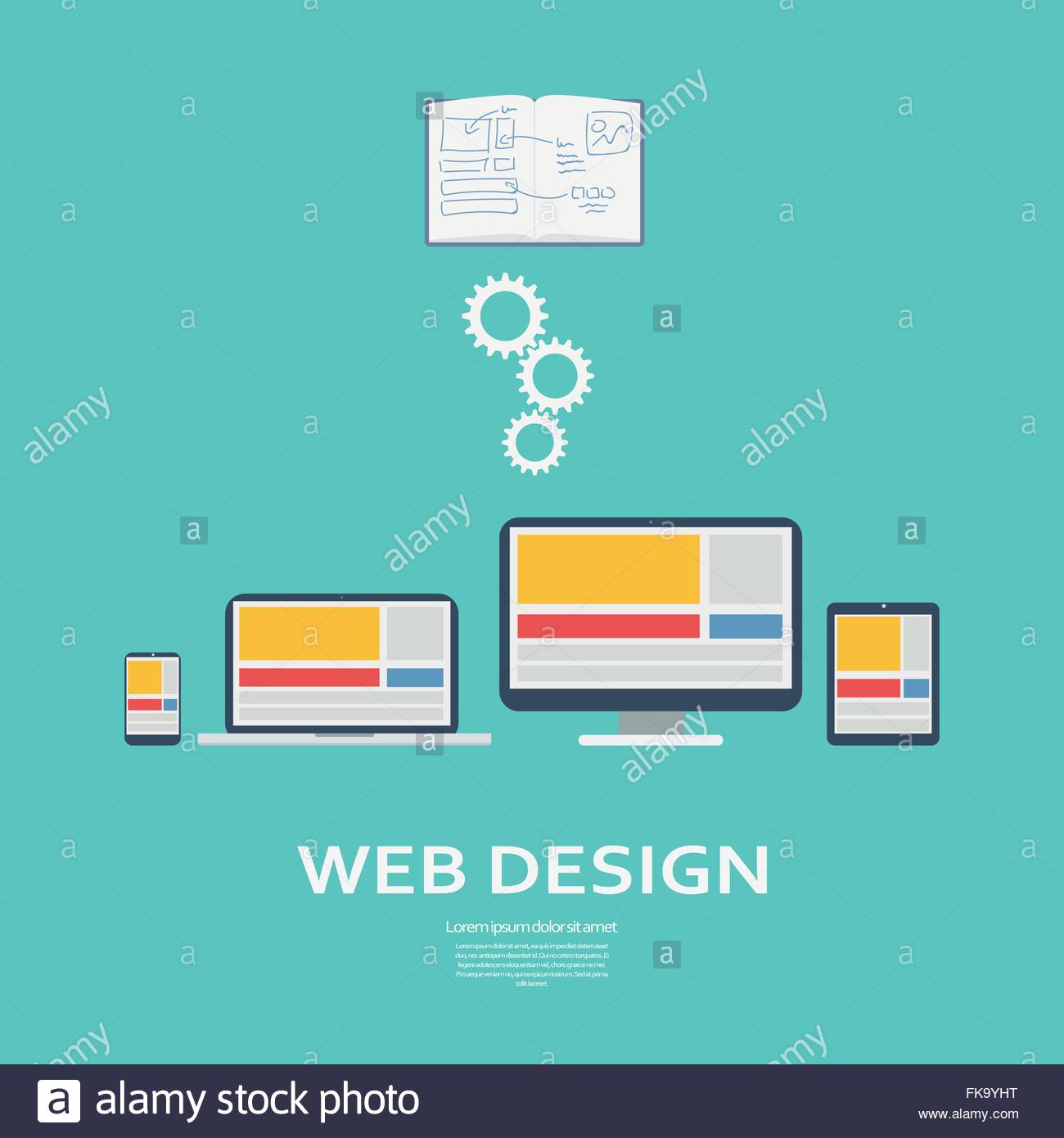Web Site Style Basics: Tips For Building A User-Friendly Website
Web Site Style Basics: Tips For Building A User-Friendly Website
Blog Article
Content Written By-Abildtrup Devine
When it pertains to web site layout, making certain user-friendliness is essential. From responsive style to streamlined navigating, every element plays a crucial duty in producing a website that accommodates your audience's requirements. However what concerning the better details that can make or damage a user's searching experience? Stay tuned as we uncover some often-overlooked suggestions that can boost your site's use to the next level, making it really attract attention in the electronic landscape.
Significance of Responsive Style
Responsive design is a vital element of modern site growth. Guaranteeing your web site is receptive means that it can adjust to various screen sizes and devices, providing a seamless experience for users.
With the boosting use smart devices and tablet computers to access the web, having a receptive design is crucial for reaching a larger audience. It helps in improving user experience by making your website simple to browse and continue reading any type of device.
In addition, responsive style can favorably impact your internet search engine rankings, as online search engine like Google prioritize mobile-friendly sites. By having a responsive style, you're also future-proofing your site, as new gadgets with varying screen dimensions continue to arise.
Simplify Navigating Structure
To improve user experience and assist in easy access to info on your site, improving the navigation framework is paramount. When creating simply click the next internet site , concentrate on developing a clear and user-friendly navigation menu that assists site visitors locate what they're looking for swiftly.
Limitation the variety of menu products to the basics, organizing related pages together to stay clear of overwhelming customers. Use descriptive labels that plainly indicate the content of each web page, making it less complicated for individuals to comprehend where each web link will take them.
Take into consideration carrying out dropdown menus for subcategories to prevent cluttering the primary navigation bar. Furthermore, consist of click the up coming article on the page for users who like searching for details info.
Prioritize mobile responsiveness in your navigating layout to make certain easy gain access to on all tools.
Maximize Page Lots Speed
Improving web page tons speed is essential for maintaining site visitors on your site. Slow-loading pages discourage individuals and can result in high bounce rates. To optimize page load speed, beginning by enhancing pictures. Press pictures without endangering high quality to decrease their file dimensions.
Furthermore, allow internet browser caching to save often accessed sources in your area, quickening tons times for returning site visitors. Minify CSS, JavaScript, and HTML files by getting rid of unneeded characters, comments, and formatting, boosting tons speed.
Take into consideration using a content delivery network (CDN) to distribute your web site's web content across numerous web servers worldwide, lowering latency for users accessing your website from various locations. Finally, search engine marketing companies making use of third-party manuscripts and plugins, as they can dramatically influence load times.
Conclusion
To conclude, by incorporating receptive design, simplifying navigating, and enhancing web page tons speed, you can develop an user-friendly internet site that appeals to a bigger target market and boosts customer experience. These essential elements make certain that visitors can quickly accessibility and navigate your website throughout various tools, causing enhanced interaction and contentment. By concentrating on these essential facets, you can construct an effective web site that keeps users coming back for even more.
